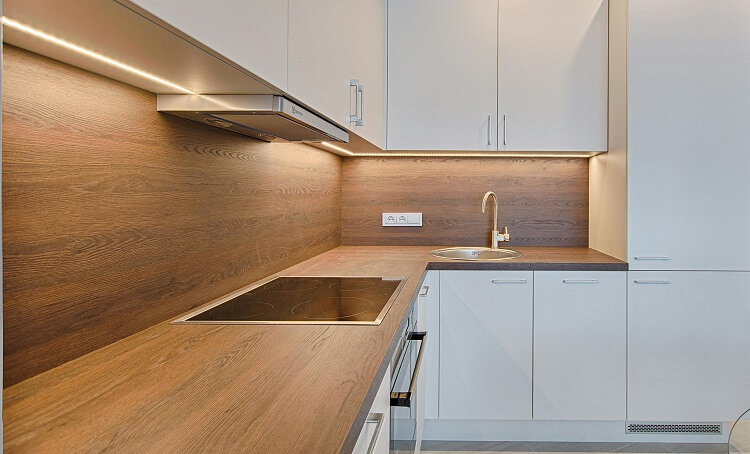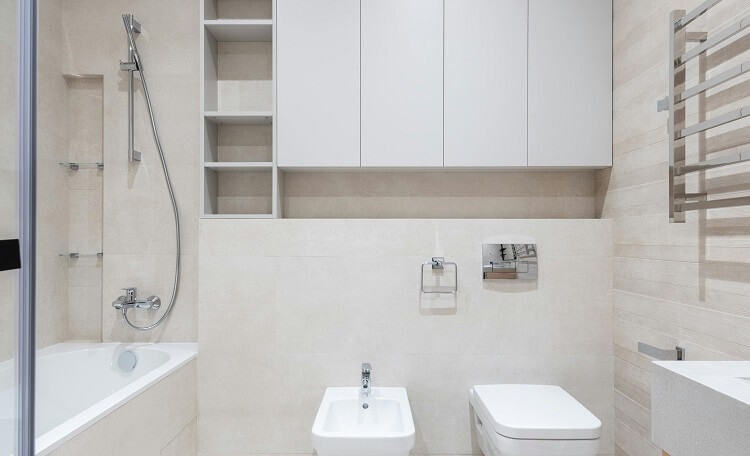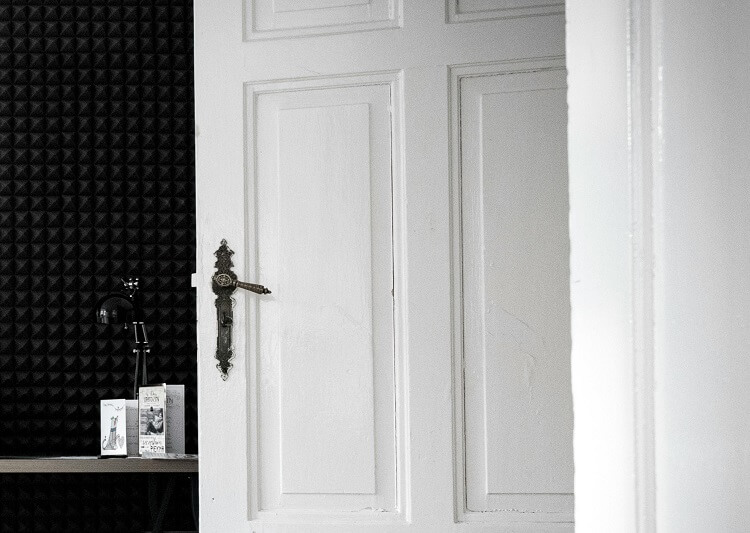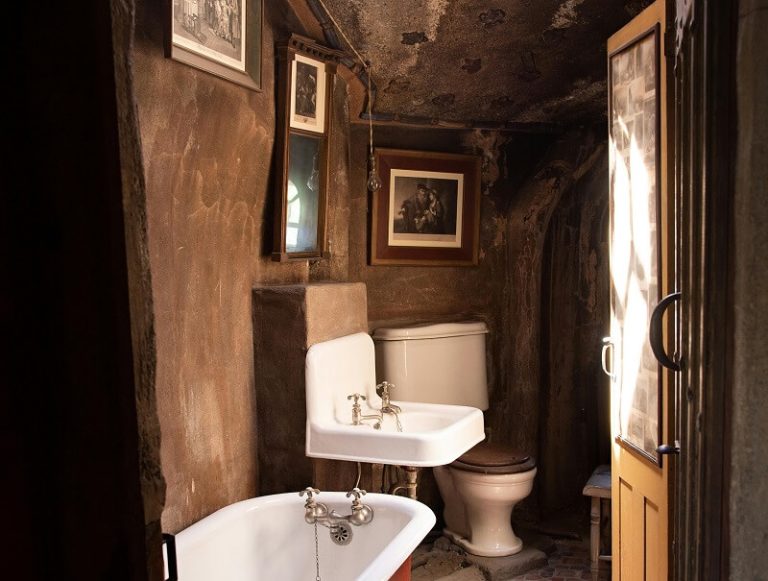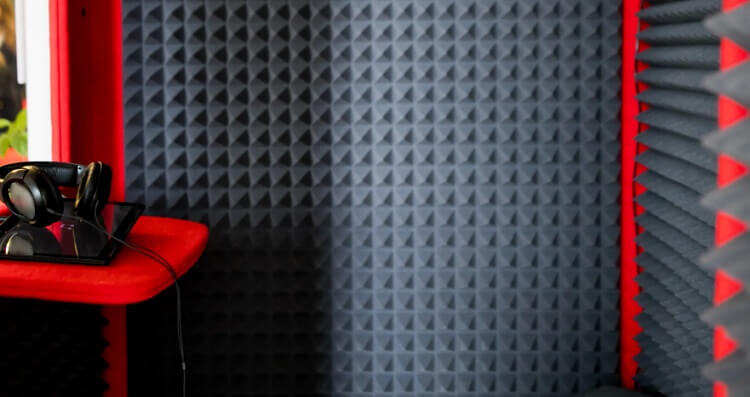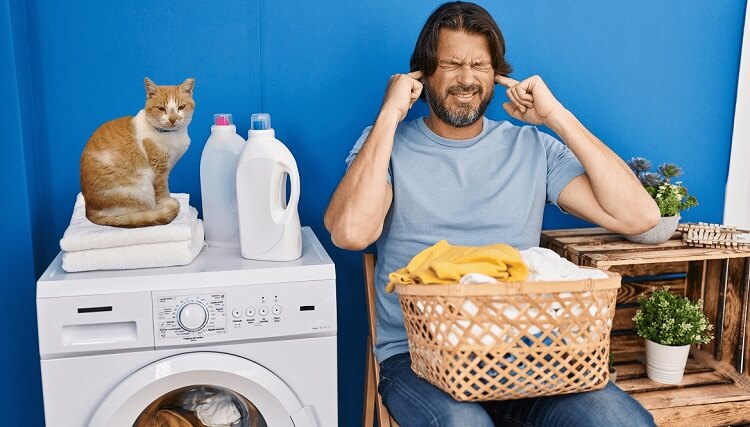
The rhythmic hum of a washer and dryer is a familiar sound in most homes, but when that hum escalates to a roar, it’s more than just background noise. It can disrupt conversations, disturb sleep, and even create tension with neighbors. Understanding why reducing washer and dryer noise matters goes beyond simple peace and quiet; it contributes significantly to a more comfortable and harmonious living environment.
This article will delve into the causes of excessive laundry appliance noise and provide practical, effective solutions for minimizing these disruptions.
Common Causes of Noise in Washers and Dryers
Pinpointing the source of the racket is the first step toward a quieter laundry room. Several factors can contribute to noisy washers and dryers:
Imbalanced Loads
One of the most frequent culprits is an imbalanced load. When clothes clump together, especially during the high-speed spin cycle, it throws the machine off balance, leading to excessive vibrations and noise.
Heavy items like towels or blankets are particularly prone to causing this issue. Distributing laundry evenly and mixing lighter and heavier items is crucial.
Worn-Out Parts
Over time, components like drum bearings (specifically, sealed and shielded deep groove ball bearings), drive belts (typically V-belts or poly-V belts), and drum rollers (often made of nylon or plastic) wear down, resulting in grinding, squeaking, or rattling sounds. Regular inspection and timely replacement of these parts are key to quieter operation and preventing further damage.
For example, a worn tub bearing seal in a front-load washer can create a high-pitched squealing noise.
Improper Installation
An improperly installed machine can amplify vibrations. Placing appliances on uneven floors or too close to walls can exacerbate noise issues. Ensuring that the machines are level and correctly positioned is essential.
Inspect and Adjust Appliance Placement
Proper placement is foundational to noise control.
Here’s a checklist:
Leveling the Appliances
Use a carpenter’s level to check if the washer and dryer are perfectly level. Adjust the appliance feet as needed. Most machines have adjustable feet for easy leveling.
Even a slight tilt can cause significant vibration.
Using Anti-Vibration Pads
Anti-vibration pads, typically made of rubber or other vibration-absorbing materials, are placed under the machine’s feet. These pads effectively absorb vibrations, preventing them from transferring to the floor and amplifying sound. Look for pads with a high durometer rating for better performance.
Maintaining Proper Spacing
Ensure sufficient space between the appliances and the surrounding walls.
Appliances placed too close to walls can cause sound reverberation, making the noise seem louder. A few inches of space can make a noticeable difference.
Add Noise-Reducing Accessories
Specialized accessories can further enhance noise reduction:
Anti-Vibration Pads
As mentioned earlier, these are a simple and effective first line of defense against noise. They isolate the appliance from the floor, minimizing vibration transfer.
Consider thicker, denser pads for greater noise reduction.
Soundproof Mats
These mats, often made of dense rubber or composite materials, provide an additional layer of sound insulation beneath the appliances. They are particularly useful for front-load washers, which tend to vibrate more during the spin cycle.
Acoustic Foam Panels
Strategic placement of acoustic foam panels on the laundry room walls can absorb sound waves and reduce echo, creating a quieter overall environment. These panels are especially helpful in smaller laundry rooms where sound can easily bounce off the walls.
Regular Maintenance for Quieter Operation
Regular maintenance is essential for both performance and noise reduction:
Clean Lint Traps and Filters
Clogged lint traps and filters force the machines to work harder, increasing noise and potentially causing damage.
Regularly cleaning these components helps maintain efficiency and reduces strain on the appliances.
Inspect and Replace Worn Parts
Regularly inspect components like drum bearings, drive belts, and pulleys for signs of wear and tear. Grinding or rattling sounds during operation indicate potential problems. Prompt replacement prevents further damage and ensures quieter operation.
Lubricate Moving Parts
Lubricating moving parts with appropriate lubricants can significantly reduce friction and prevent squeaks, contributing to a quieter laundry experience.
Consult your appliance manual for recommended lubrication points and lubricants.
Opt for Modern, Quiet Washer and Dryer Models
If you’re considering replacing your appliances, prioritize models designed for quiet operation. Many new washers and dryers incorporate noise-reducing features:
Brushless Motors
Brushless motors operate more quietly and efficiently than traditional motors, minimizing noise and vibration.
Noise-Reducing Insulation
Modern appliances often incorporate enhanced insulation to dampen sound within the machine itself.
Anti-Vibration Technology
Features like advanced suspension systems and vibration sensors minimize movement during operation, reducing noise and improving stability.
DIY Soundproofing for Laundry Areas
For persistent noise issues, consider soundproofing the laundry area itself:
Enclosing the Space
Heavy-duty soundproof curtains or custom-built cabinets can help contain the noise within the laundry area. Ensure proper ventilation if enclosing the space.
Insulating Walls and Floors
Adding sound-dampening materials like fiberglass insulation or acoustic foam to the walls and floor can significantly reduce noise transmission.
Sealing Gaps and Cracks
Seal any gaps or cracks around the laundry area with acoustic sealant to prevent noise leakage.
Professional Solutions for Persistent Noise Issues
If DIY methods prove insufficient, professional intervention may be necessary:
Consult a Technician
A qualified appliance technician can diagnose complex noise problems, replace worn parts, and optimize appliance settings for quieter operation.
Custom Soundproof Enclosures
Professionally designed soundproof enclosures offer maximum noise reduction.
These enclosures are custom-built to fit your specific appliances and laundry area.
FAQ
What causes washers and dryers to make loud noises?
Common causes include imbalanced loads, worn-out parts (like bearings, belts, and drum rollers), improper installation, and resonance from the laundry room itself.
How can I make my washer and dryer quieter?
Start by balancing laundry loads, using anti-vibration pads, and maintaining appliance parts. Consider upgrading to quieter models with features like brushless motors and noise-reducing insulation. Soundproofing the laundry area can also help.
Are modern washers and dryers less noisy?
Yes, many modern models incorporate noise-reducing technologies like brushless motors, enhanced insulation, and advanced suspension systems.
Look for models with lower decibel ratings.
Can I soundproof my laundry room?
Yes, soundproofing methods like adding insulation to walls and floors, sealing gaps with acoustic sealant, and using soundproof curtains or enclosures can significantly reduce noise from the laundry area.
How do I know if my bearings are worn out?
Worn-out bearings often produce a grinding or squealing noise, especially during the spin cycle. You might also notice increased vibration. Consult a technician for confirmation.
What types of soundproofing materials are best for laundry rooms?
Effective options include dense acoustic foam panels, fiberglass insulation, mass-loaded vinyl, and specialized soundproofing blankets or curtains.
Conclusion
Reducing washer and dryer noise significantly enhances the comfort and tranquility of your home.
Why reducing washer and dryer noise matters is about more than just eliminating annoying sounds; it’s about creating a more peaceful and enjoyable living environment. By addressing common issues like imbalanced loads, implementing regular maintenance, and employing noise-reducing accessories, you can minimize disruptions and enjoy a quieter laundry experience. For persistent problems, professional solutions or upgrading to quieter appliance models provide long-term relief.
Implementing these strategies can transform your laundry routine from a noisy disturbance to a quiet and efficient process.

